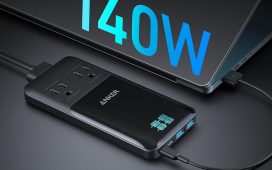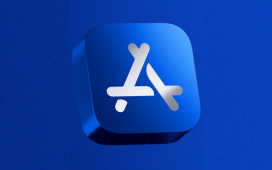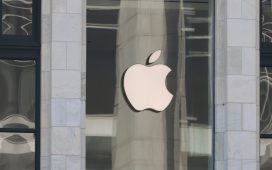
Robert Triggs / Android Authority
Google first introduced seamless updates to Android back in 2016. While the update method is almost a decade old at this point, it’s a new experience for many loyal Samsung fans. Unlike other Android OEMs, Samsung has long avoided using seamless updates on its phones. However, the Korean tech giant finally caved in 2024 with the launch of the Galaxy A55. Since then, the company has also brought the update method to its flagship Galaxy S25 series.
When we first asked our readers whether they preferred seamless updates or Samsung’s old-school approach, the votes were split, with slightly more in favor of seamless updates. Now that some time has passed since then, we’re wondering if your stance on the topic has changed. Vote in our poll below, and feel free to explain in the comments section, how you currently feel about seamless updates.
Do you prefer seamless updates or Samsung’s old updates?
0 votes
If you’re unfamiliar with how seamless updates differ from Samsung’s old conventional approach, here’s a quick rundown. The seamless method allows updates to download in the background, meaning you can continue using your phone until you’re asked to restart your device. From there, you’ll only have to wait a few seconds while the update finishes before you can get back to your apps. Conversely, the conventional approach forces you to stop using your phone completely until the software is fully installed.
We can understand some of the complaints about seamless updates, such as Google’s A/B structure eating up some of your precious storage. So we don’t blame you if seamless updates still have not won you over. Our own Zac Kew-Denniss dives into this matter further, explaining why he doesn’t like the approach.
At the same time, there’s a lot to love about this method. For example, seamless updates are more stable because of the A/B structure, allowing the phone to go back to the old build if something goes wrong with the installation. Additionally, Google has since solved some of the main issues, like compressing the size of both software versions so they can coexist on your phone without taking up too much space.










